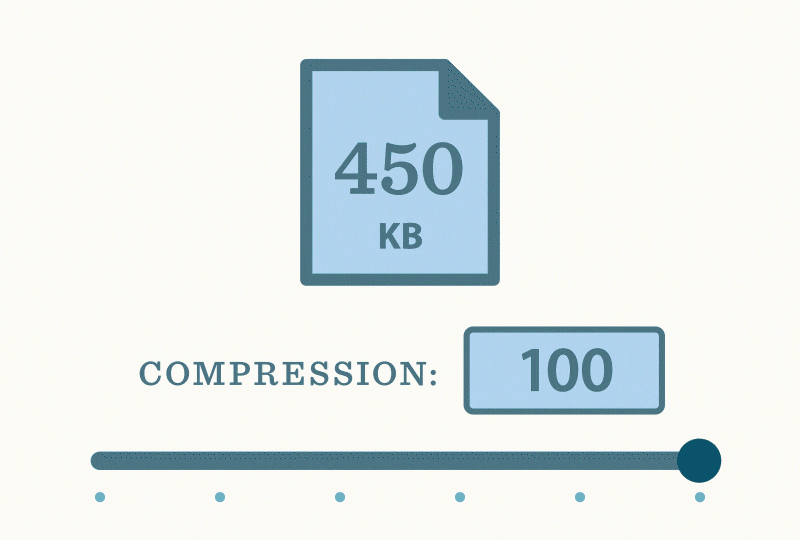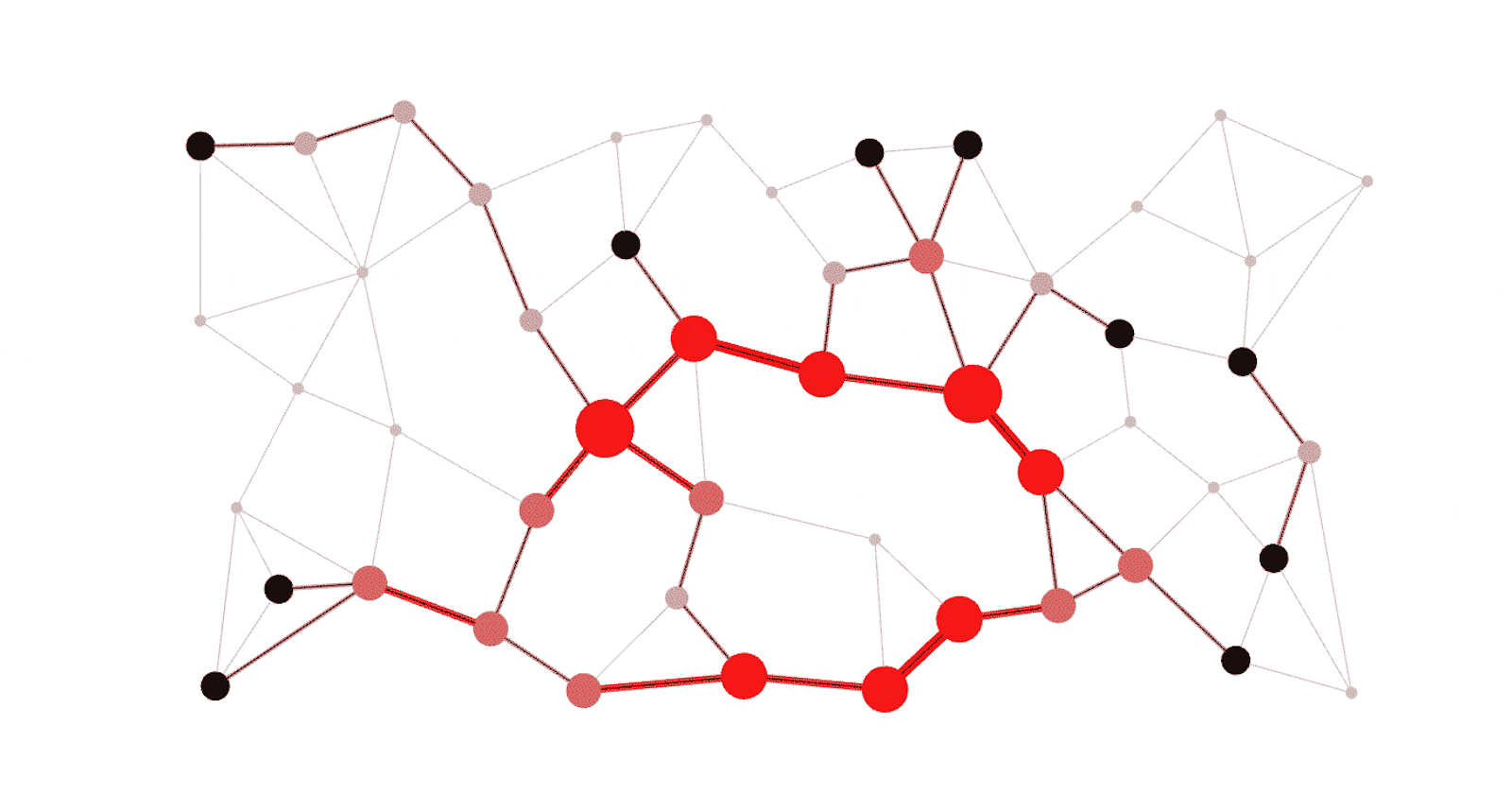Today I'm going to discuss about Neural Networks. Neural networks (NN) are revolutionizing the industry and daily life, taking artificial intelligence to the next level. NN-enabled machines (including the smartphones and computers we use every day) are now equipped to learn, identify patterns, and make predictions in a humanoid manner, as well as solve problems in every business field, by emulating the way interconnected brain cells work. So let's move on and discuss in detail.
What are Neural Networks?

Neural is like a slang language word that points to the nervous systems and its explanatory details. The word origins in biology, especially with zoology. But the machine learning has borrowed this word to develop a new technology Artificial Intelligence (AI), where the neural networks sit as the basic foundation. A neural network is a group of algorithms that certify the underlying relationship in a set of data similar to the human brain. The neural network helps to change the input so that the network gives the best result without redesigning the output procedure.
Neural networks have a unique ability to extract meaning from imprecise or complex data to find patterns and detect trends that are too convoluted for the human brain or for other computer techniques. Neural networks have provided us with greater convenience in numerous ways, including through ridesharing apps, Gmail smart sorting, and suggestions on Amazon.
How it works?
Artificial Neural Networks can be viewed as weighted directed graphs in which artificial neurons are nodes, and directed edges with weights are connections between neuron outputs and neuron inputs.
The Artificial Neural Network receives information from the external world in the form of pattern and image in vector form. These inputs are mathematically designated by the notation x(n) for n number of inputs.
Each input is multiplied by its corresponding weights. Weights are the information used by the neural network to solve a problem. Typically weight represents the strength of the interconnection between neurons inside the Neural Network.
The weighted inputs are all summed up inside the computing unit (artificial neuron). In case the weighted sum is zero, bias is added to make the output not- zero or to scale up the system response. Bias has the weight and input always equal to ‘1′.
The sum corresponds to any numerical value ranging from 0 to infinity. To limit the response to arrive at the desired value, the threshold value is set up. For this, the sum is passed through an activation function.
The activation function is set to the transfer function used to get the desired output. There are linear as well as the nonlinear activation function. Some of the commonly used activation function is – binary, sigmoidal (linear) and tan hyperbolic sigmoidal functions(nonlinear).
Advantages of Neural Networks:-
As seen already, neural computers have the ability to learn from experience, to improve their performance and to adapt their behaviour to a new and changing environment. Unlike conventional rule-based systems, neural networks are not programmed to perform a particular task using rules. Instead, they are trained on historical data, using a learning algorithm.
The learning algorithm changes the functionality of the network to suit the problem by modifying the values of the connection weights between processing elements. Once trained, the network interprets new data in a way that is consistent with the experience gathered during training. Neural networks can provide highly accurate and robust solutions for complex non-linear tasks, such as fraud detection, business lapse/churn analysis, risk analysis and data-mining. One of their main benefits is that the method for performing a task need not be known in advance; instead, it is automatically inferred from the data. Once learned, the method can be quickly and easily adjusted to track changes in the business environment.
A further advantage of neural networks over conventional rule-based systems and fuzzy systems is that once trained, they are far more efficient in their storage requirements and operation; a single mathematical function can replace a large number of rules. An added benefit of this more compact mathematical representation is that it introduces a natural form of regularisation or generalisation. This makes neural systems extremely robust to noisy, imprecise or incomplete data.
Applications of Neural Networks:-
Artificial neural networks have become an accepted information analysis technology in a variety of disciplines. This has resulted in a variety of commercial applications (in both products and services) of neural network technology (The applications that neural networks have been put to and the potential possibilities that exist in a variety of civil and military sectors are tremendous.) Given below are domains of commercial applications of neural network technology.
Business
- Marketing
- Real Estate
Document & Form Processing
- Machine printed character recognition
- Graphics recognition
- Hand printed character recognition
- Cursive handwritten character recognition
Finance Industry
- Market trading
- Fraud detection
- Credit rating
Food industry
- Odour/aroma analysis
- Product development
- Quality assurance
Energy Industry
- Electrical load forecasting
- Hydroelectric dam operation
- Natural gas
Manufacturing Process control
- Quality control
- Medical & Health Care Industry
- Image analysis Drug development
- Resource allocation
Science & Engineering
- Chemical engineering
- Electrical engineering
- Weather forecasting
Transportation & Communication
One of the main application of Artificial Neural Networks which I think is most used nowadays:-
Data Compression:-
 A class of neural networks called the backpropagation network (BPN) is useful in addressing diverse problems requiring recognition of complex patterns and performing non-trivial mapping functions. Data compression is a common problem in today's world.
A class of neural networks called the backpropagation network (BPN) is useful in addressing diverse problems requiring recognition of complex patterns and performing non-trivial mapping functions. Data compression is a common problem in today's world.
Specifically, one would like to find a way to reduce the data needed to encode and reproduce accurately a moderately high-resolution video image, so that these images may be transmitted over low-to-medium bandwidth communication equipment. Although there are many algorithmic approaches to perform data compression, most of these are designed to deal with static data, such as ASCII text, or with display images that are fairly consistent, such as computer graphics.
Because video data rarely contains regular, well-defined forms (and even less frequently contain empty space), video data compression is a difficult problem from an algorithmic viewpoint. On the other hand, a neural network approach is ideal for a video data-reduction application, because BPN can be trained easily to map a set of patterns from an n-dimensional space to an m-dimensional space.
Since any video image can be thought of as a matrix of picture elements (pixels), the image can be conceptualised as a vector in n-space. If we limit the video to be encoded to monochromatic, images can be represented as vectors of elements, each representing the grayscale value of a single pixel.
